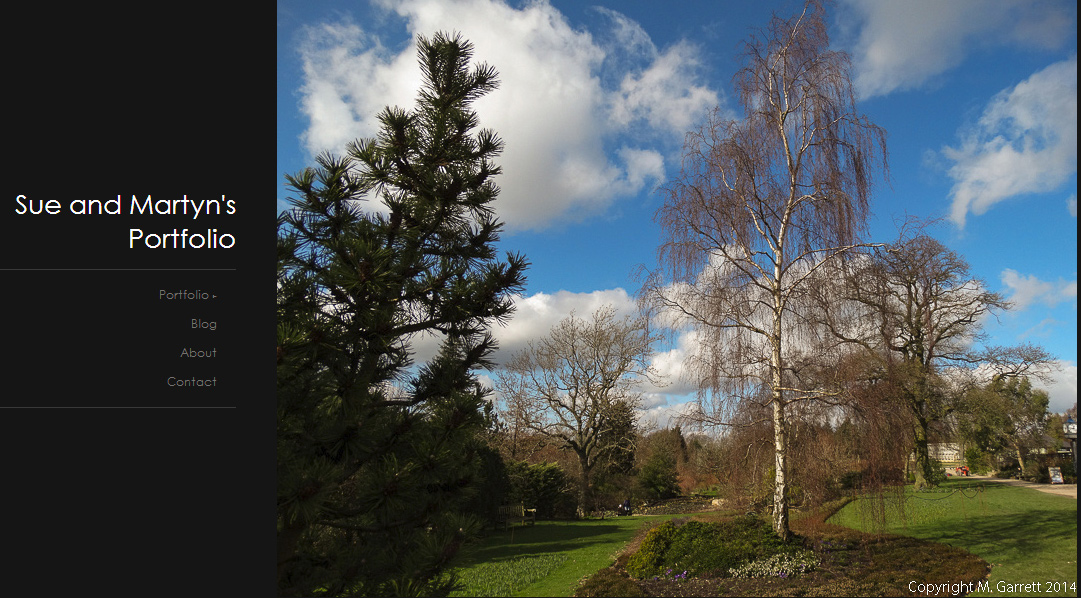In an earlier post I mentioned that our plums had been infested with plum maggots this year.
Then earlier in the year our nectarine and peach trees had suffered from peach leaf curl from which they seem to have made a good recovery.
The latest fruit tree casualties have been our pear trees. All have some fruit but they are also showing signs of disease. The first is certainly pear rust.
We have three varieties of pear, Delsanne, Red Williams and Invincible. Not living up to its name, it is Invincible that is most badly affected.
In an attempt to control the rust, I have picked off as many affected leaves as I can in a similar way to how I dealt with the peach leaf curl. Apparently when pear trees lose their leaves the fungus overwinters on juniper trees but it can survive in cankers that form on the tree bark. We don't have any junipers so I'm not sure where the fungus came from but I have read that a pear tree can be affected by a juniper growing half a mile away! I shall have to keep a strict look out for any cankers and signs of the disease next year.
The second disease is more worrying - some leaves on Delsanne have turned black.
We have cut out all the affected parts of the tree but on trying to find out what the problem could be I came across pear fireblight which is a disease that can travel along hawthorn hedges. Our allotment site is surrounded by hawthorn hedging! Apparently this is a notifiable disease so I emailed Defra on 10 September asking for their advice - no reply yet. I'll update if I get more information.
Just hope the pears are unaffected!








































It seems there's always something, if it's not pests it's diseases. I hope you manage to control it.
ReplyDeleteSo do I, Jo. It's warfare isn't it? Amazingly plants in the wild manage without our help - more or less there are things like Dutch Elm Disease.
DeleteWow, those dark leaves do look worrisome. Hope it can be resolved.
ReplyDeleteThey do cause concern, Kelli.
DeleteIt's a constant battle being a gardener, isn't it?! I hope it's NOT pear fireblight that your pear-tree has. It looks dramatically awful!
ReplyDeleteSo do I, Mark
Deletethank you SUE FOR SHARING
ReplyDeleteNo problem Linda
DeleteOh dear it really does look like fireblight!
ReplyDeleteI'm surprised Defra haven't replied yet, Roger but I can't see what else it could be.
DeleteI had fireblight on my pear tree last year but still had good pears. This year the tree is fine, but totally lacking in pears.xxxx
ReplyDeleteThat's comforting to know, Snowbird
DeleteSome of the leaves on my pear tree have gone a bit black as well - not sure what it is, and they are rather high up to examine closely. I will see if it recurs next year - I'm hoping it's just a one-off.
ReplyDeleteLet's both hope it is a one off. I just find it strange that only one of the three trees planted close together has it. I wonder whether this is because it is more upright and the leaves are more densely packed so less air circulation.
DeleteWhat did it turn out to be , then?
ReplyDeleteI never had a reply so it’s not definite but I think it probably was fireblight. The tree recovered, I just cut off the brown branches.
Delete